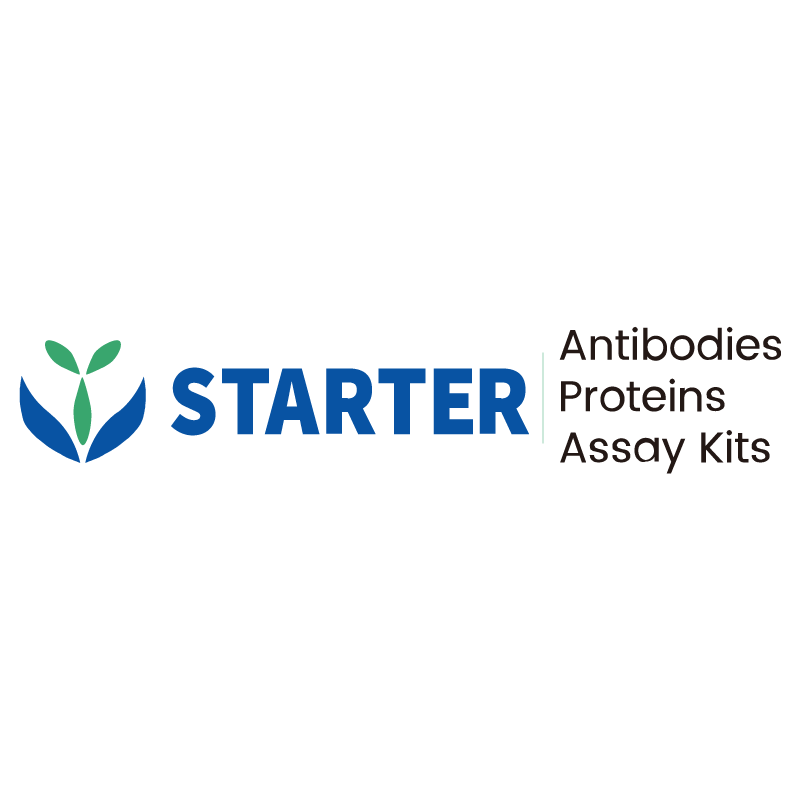Flow cytometric analysis of Human CD11c expression on Human peripheral blood. Human peripheral blood was stained with PE/Cy7 Mouse IgG1, κ Isotype Control (Left Panel) or SDT PE-Cy7 Mouse Anti-Human CD11c Antibody (Right Panel) at 0.25 μg/test. Flow cytometry and data analysis were performed using BD FACSymphony™ A1 and FlowJo™ software.
Product Details
Product Details
Product Specification
| Host | Mouse |
| Antigen | CD11c |
| Synonyms | Integrin alpha-X; CD11 antigen-like family member C; Leu M5; Leukocyte adhesion glycoprotein p150/95 alpha chain; Leukocyte adhesion receptor p150/95; ITGAX |
| Location | Cell membrane |
| Accession | P20702 |
| Clone Number | S-R424 |
| Antibody Type | Mouse mAb |
| Isotype | IgG1,k |
| Application | FCM |
| Reactivity | Hu |
| Positive Sample | human PBMC |
| Purification | Protein G |
| Concentration | 0.1 mg/ml |
| Conjugation | PE-Cy7 |
| Physical Appearance | Liquid |
| Storage Buffer | PBS, 1% BSA, 0.3% Proclin 300 |
| Stability & Storage | 12 months from date of receipt / reconstitution, 2 to 8 °C as supplied. |
Dilution
| application | dilution | species |
| FCM | 2.5 μl per million cells in 100μl volume | Hu |
Background
CD11c is a type I transmembrane glycoprotein of approximately 150 kDa, also known as integrin alpha X (Itgax). It is part of the complement receptor 4 (CR4) complex and, along with CR3 (also known as Mac-1 or CD11b/CD18), belongs to the β2-integrin family of adhesion molecules. CD11c is primarily expressed on dendritic cells (DCs), NK cells, a subset of intestinal intraepithelial lymphocytes (IELs), and some activated T cells. It is involved in cell adhesion, migration, and phagocytic functions, mediating the phagocytic process of DCs through its association with β2-integrin. Under conditions of early development and in certain neurodegenerative diseases such as Alzheimer's disease (AD), a subset of microglia in the central nervous system also expresses CD11c. CD11c+ microglia express genes such as Spp1, which encodes osteopontin (OPN), a cytokine-like phosphorylated protein involved in pathogenic and protective immune responses in peripheral lymphoid tissues. Additionally, CD11c serves as a marker for macrophages, whose expression aids researchers in identifying and characterizing these cells, thus contributing to a deeper understanding of their roles in immune and inflammatory processes.
Picture
Picture
FC


